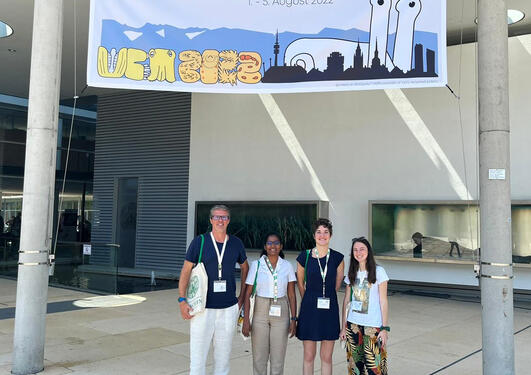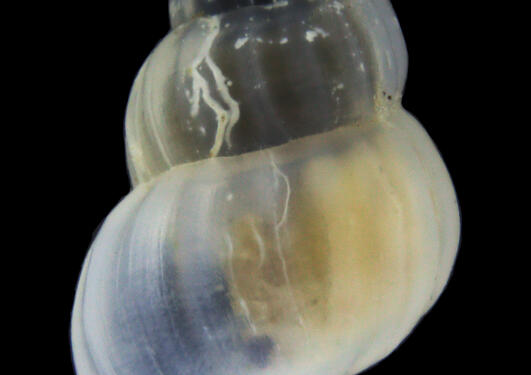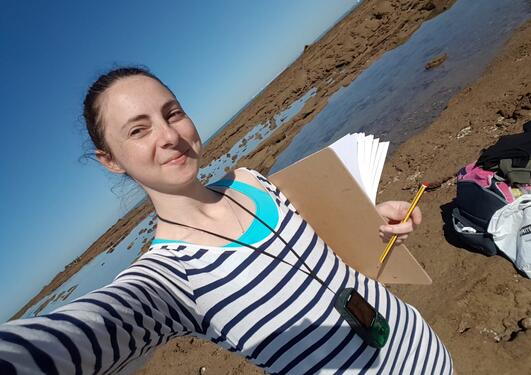
Molluscs are the second most diverse group of animals and the one with higher number of species in the marine environment. They have a staggering diversity of body shapes, ecologies, and sizes from minute worm like animals living between sand grains, to clams and gastropods with flamboyant shells, mysterious giant squids and octopuses and of course the dazzling bright coloured nudibranchs. At the Natural History Museum of Bergen we research on various aspects of the morphology, diversity, systematics, phylogenetics, ecology, biogeography, and evolution of molluscs, using state of the art methods like DNA barcoding, molecular phylogenetics, and electron microscopy. Our geographic scope covers nearly the whole World with projects on the Norwegian Sea, West Africa, Caribbean Sea, Indo-Pacific Ocean and Antarctica.




